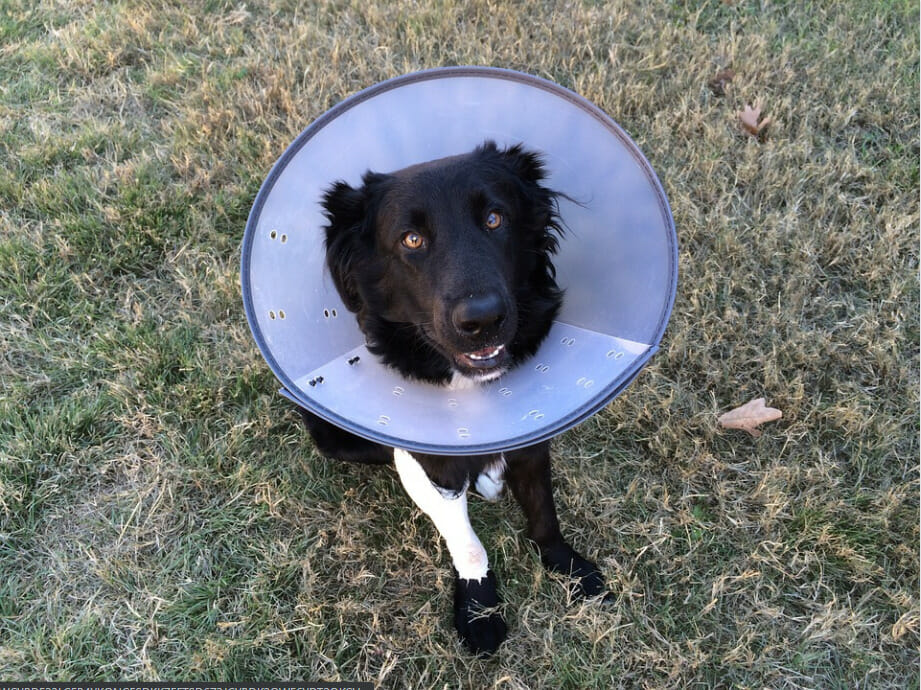Thermotherapy is ‘heat’ therapy or using a heating pad to help your pet in certain situations.
When to Utilize Thermotherapy
Heat therapy is best used:
- for more chronic conditions, like long term back muscle pain or hip pain,
- for muscle spasms, and
- as part of a warm-up exercise sequence.
Best Methods on Applying Thermotherapy to your Pet
When applying thermotherapy on your pet.
- Always place a light towel or a pillowcase around the heat pack before placing it on your pet.
- In addition, you should check every few minutes to make sure the area is not getting too hot. The rice heat pack is much safer than electric heat for your pet.
- I recommend sitting with your pet while you are applying heat on them.
Due to the fact that I have seen too many burns in my career, I will stress that a heat pack for animals should NOT be electric.
Heat Therapy Benefits
Heat Therapy has several benefits for your pet.
- Thermotherapy causes local vasodilation (the dilatation of blood vessels, which decreases blood pressure and increases the supply of nutrients such as oxygen to an area to help with the repair process).
- Thermotherapy allows for muscle relaxation and can cause mild sedation of sensory nerve endings.
- Tendons and ligaments heat up faster because of their lack of blood supply so applying heat allows for increased connective tissue extensibility (stretchability)if the tendon, ligament, scar tissue or joint capsule are located superficially.
- Thermotherapy should be used to decrease tissue tightness and is usually combined with stretching, it can decrease muscle spasm or pain and works well as a warm-up to exercise and in conjunction with massage.



